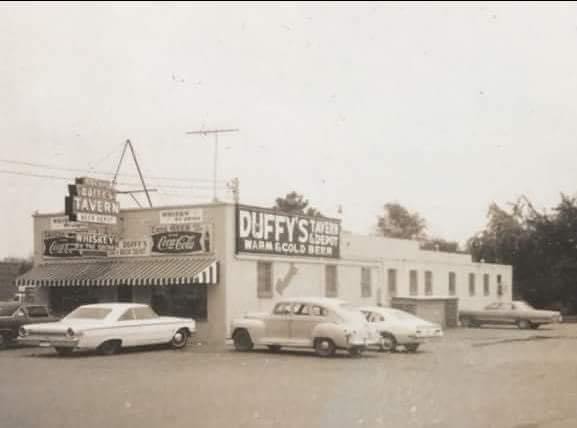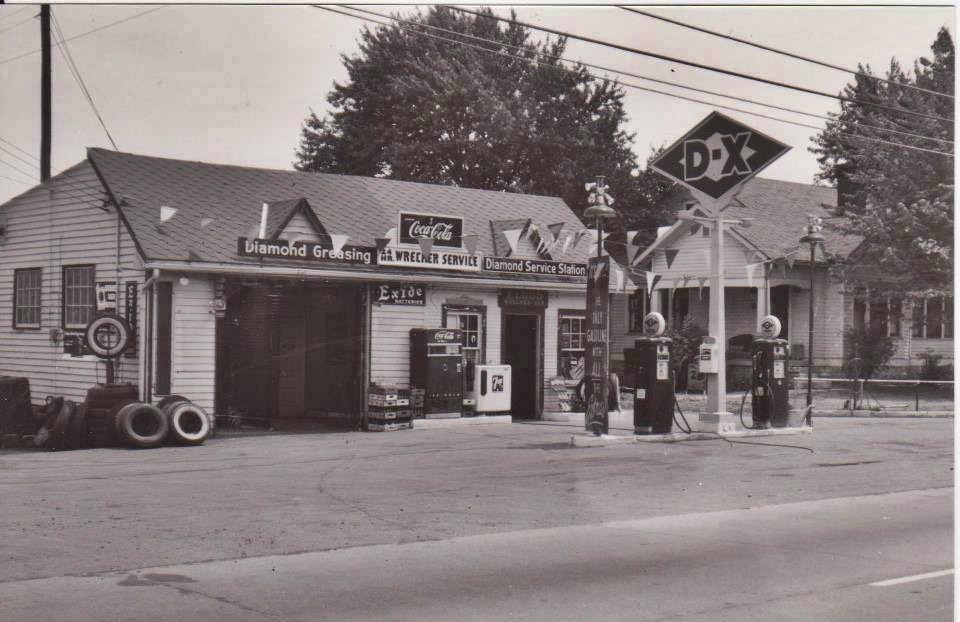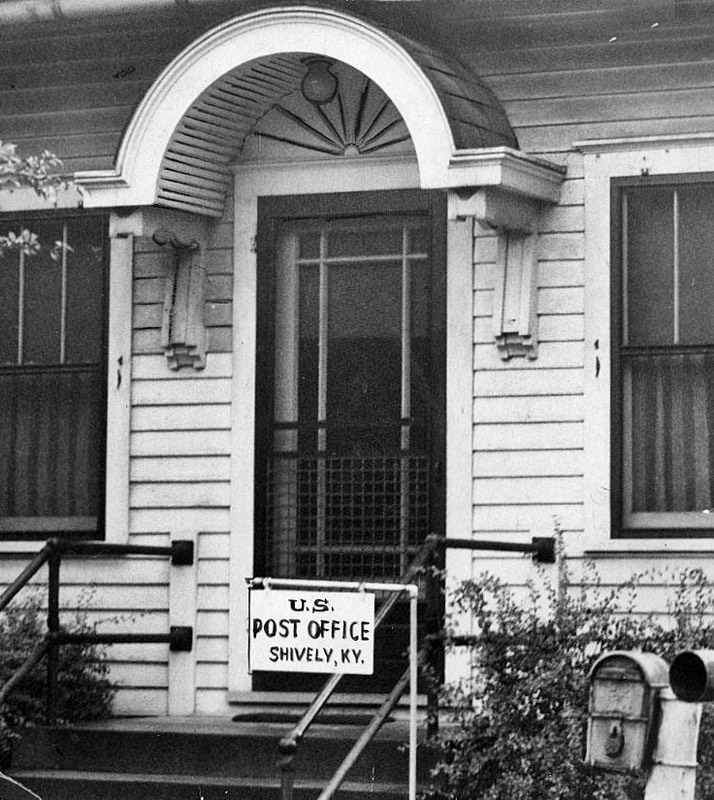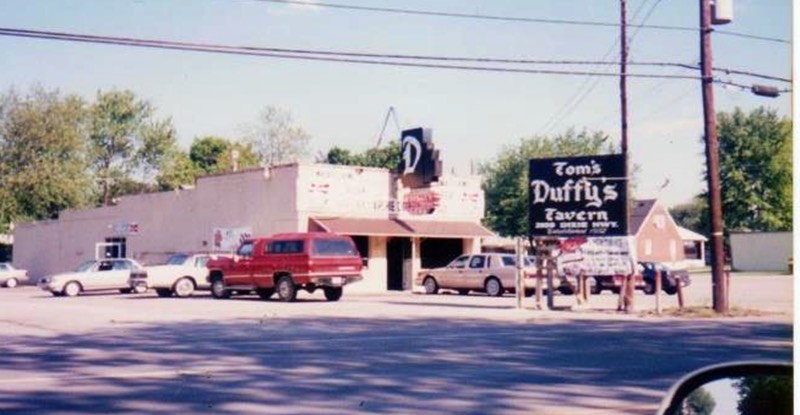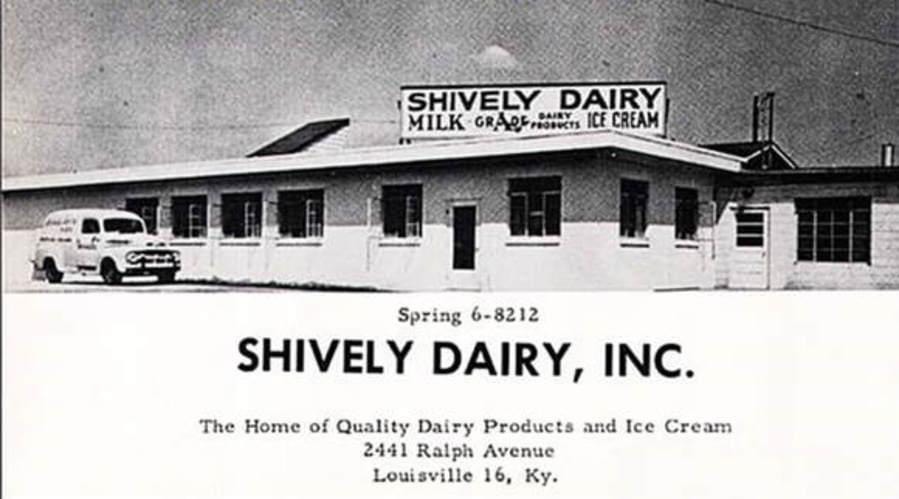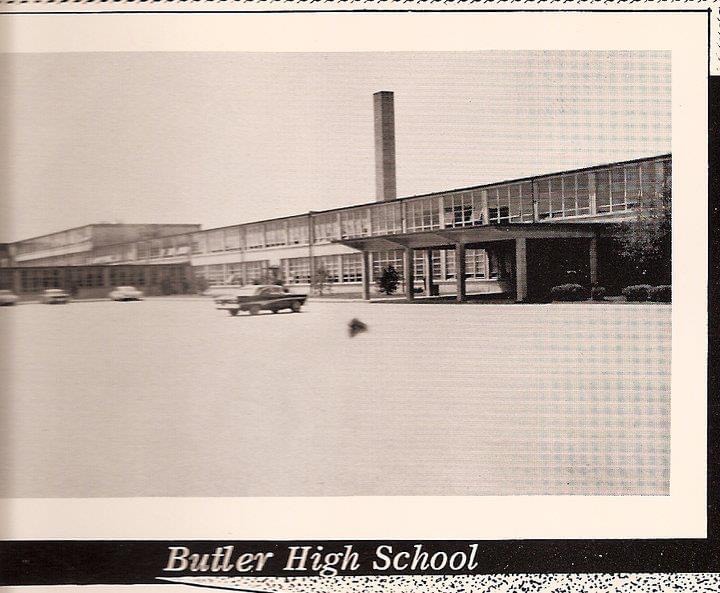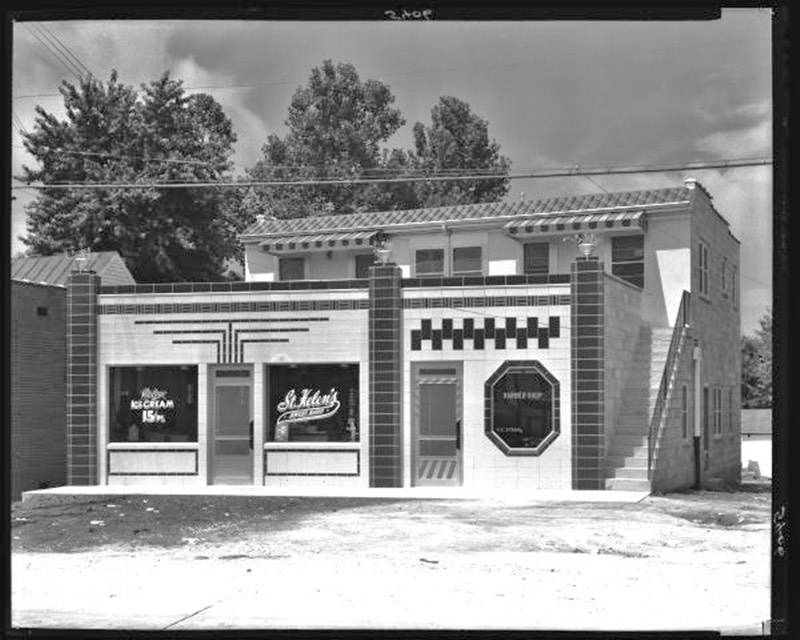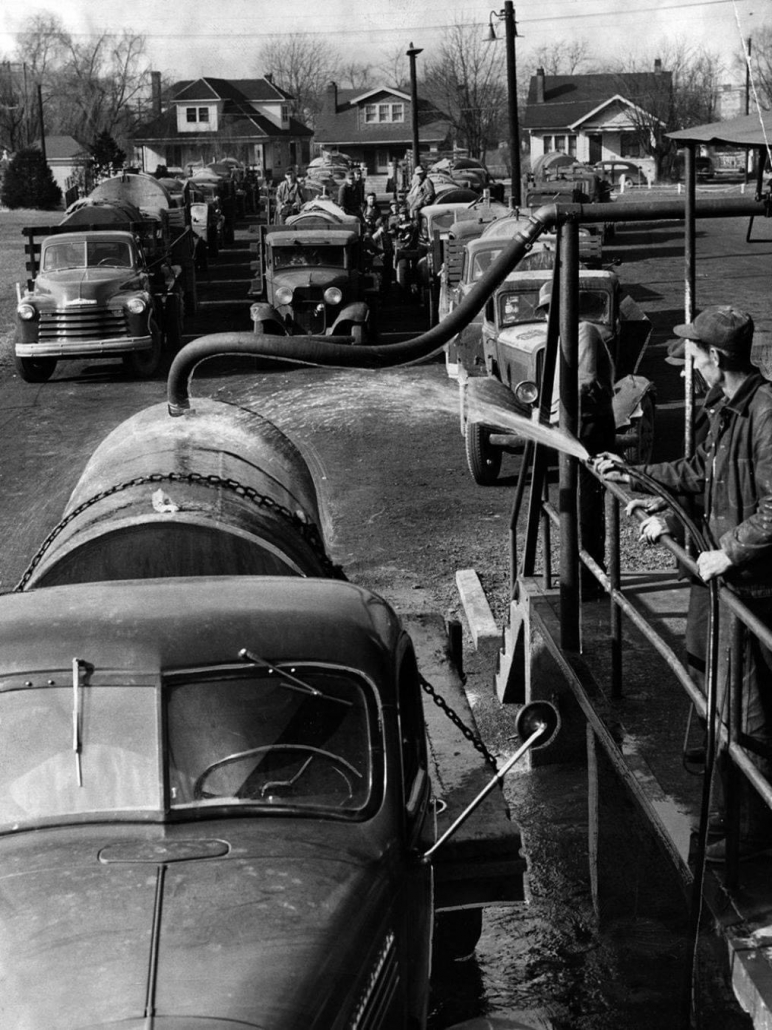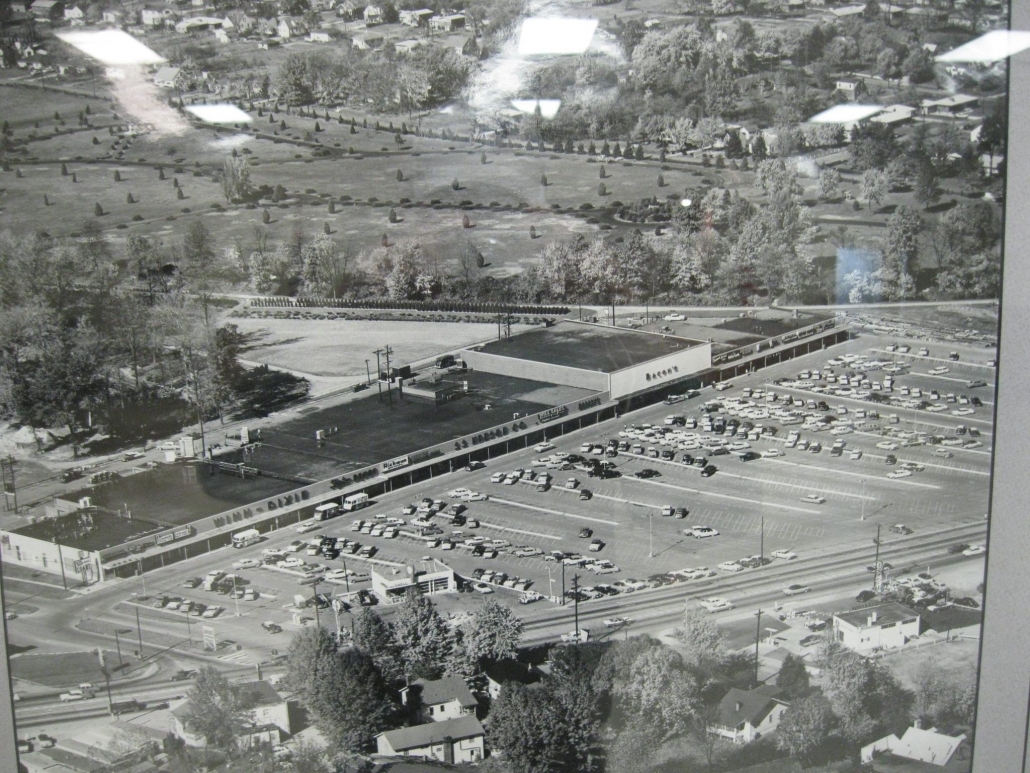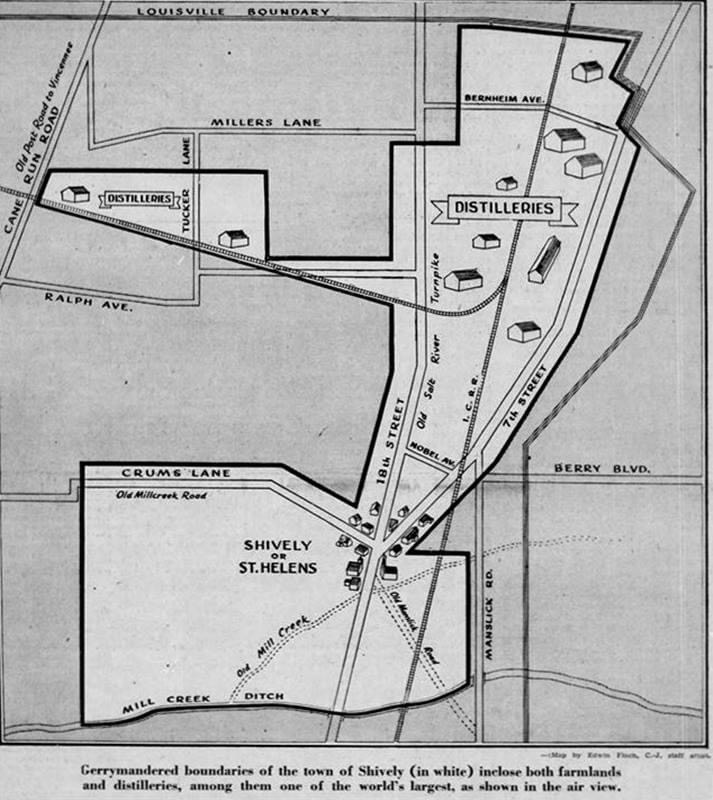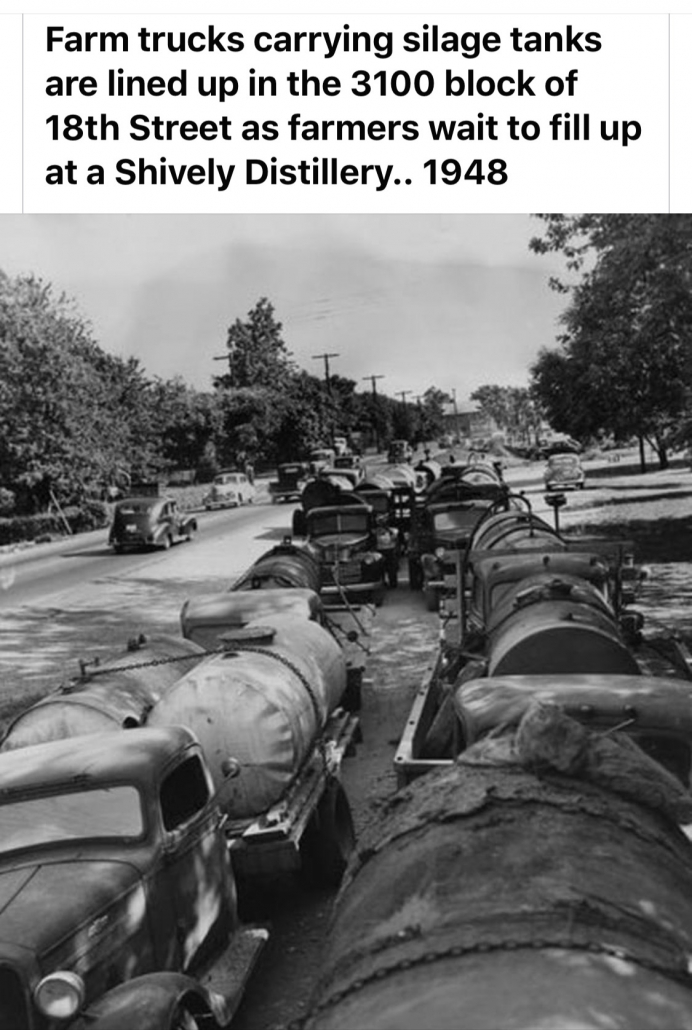History
Civil Rights Struggle, 1954 / Wades: Open Housing Pioneers
County: Jefferson
Subjects: Civil Rights , Louisville
Location: Clyde Drive and S. Crum’s Lane, east of I-264 underpass, Shively
Louisville suburbs were racially segregated when African Americans Andrew and Charlotte Wade moved to Rone Court on May 15, 1954, two days before the Supreme Court condemned school segregation. Neighbors burned a cross and shot out windows, and the Wades endured harassment until June 27, when the house was dynamited.
(Reverse) Amid Cold War fears, the Wades’ civil rights were ignored. Focus shifted to alleged communism of whites Anne and Carl Braden, who had bought, then transferred house after no one would sell to the Wades. A sensationalized sedition trial ensued; street was renamed; culprits were never prosecuted. By 2000, however, 4010 Clyde Dr. was part of diverse neighborhood.Louisville suburbs were racially segregated when African Americans Andrew and Charlotte Wade moved to Rone Court on May 15, 1954, two days before the Supreme Court condemned school segregation. Neighbors burned a cross and shot out windows, and the Wades endured harassment until June 27, when the house was dynamited.
Youngland
County: Jefferson
Subjects: Civil War , Morgan’s Raiders
Location: US 31-W, Shively
Home of Bennett H. Young (1843-1919). Member of famed CSA unit, Morgan’s Raiders, Lt. B. H. Young led 21 soldiers in raid October 19, 1864 on St. Albans, Vermont, Civil War’s northernmost action. Robbed three banks of over $200,000 and attempted to burn town. Captured in Canada, they were released. After war, he became a business and civic leader in Louisville.
Erected in 1962.
Shively – General history
Following the settlement of Louisville at the Falls of the Ohio in 1778, farms spread out into the nearby countryside. Early landowners included Col. William Pope, Maj. Abner Field, and the Shivelys, Christian William and Jacob. Christian opened a mill and tavern on the section of his 1,000-acre (400 ha) tract near Mill Creek and the road—later incorporated as the Louisville and Nashville Turnpike—connecting Louisville to the Salt River.[5] This became the focus of a settlement known as the “Shively precinct”. He donated the land for a church in 1816 that is now known as Parkview Methodist.
A stagecoach stop was opened in 1831. The Elizabethtown and Paducah Railroad arrived in the 1870s.[5]
Shortly before the Civil War, the area became popular among German immigrants, mostly from Bavaria, and they erected St. Helen’s Catholic Church in 1897. The community was commonly known as “St. Helen’s” for the next few years, but the post office (est. 1902) could not adopt it owing to another community with that name in Lee County.[5]
A streetcar line was extended to the area in 1904.
Eight whiskey distilleries opened nearby after the end of Prohibition. When Louisville began an attempt to annex and tax them during the Great Depression, they talked the residents of Shively into incorporating separately (finalized May 23, 1938) and annexing their district instead. Their $20-million revenue stream left the small city well funded, despite its becoming the state’s fastest-growing city during the 1950s.
Increased taxes and changing tastes closed most of Shively’s distilleries in the late 1960s. Shively’s population has gradually declined since reaching 19,223 in 1970. Budget surpluses became shortfalls, and Shively tried but failed to annex more suburban territory in Pleasure Ridge Park in 1984.
The area’s fortunes have since improved somewhat, with various public works projects occurring and some businesses moving to the area. However, the area along Seventh Street north of Dixie is still known for its seedy adult entertainment businesses.[14] Into the 2000s, the area lagged behind eastern and southern Jefferson County, with one of its few remaining large retail centers, the 150,000-square-foot (14,000 m2) Dillard’s on Dixie Highway (est. 1956), closing in 2007 due to slow sales at the location despite the chain’s general profitability in the Louisville area.[15]
Shively continues to show its strong ties to the bourbon industry. It remains the site of one major operating distillery—Brown-Forman‘s Early Times distillery, which still produces historic brands including Early Times (first produced in 1860, and one of the few brands that was allowed to be produced during the Prohibition era—the best-selling whiskey in the country in the mid-1950s) and Old Forester (first produced in 1870—the first bourbon sold exclusively in sealed bottles and the oldest bourbon continuously on the market to the present time). Another historic Shively distillery site, the former Stitzel-Weller distillery, has been converted into a tourist attraction for the Bulleit Bourbon brand, and was included as a stop on the Kentucky Bourbon Trail in 2014.[16] As of October, 2014, the historic Michter’s bourbon brand is working on opening a new distillery site in Shively.[17] The Bernheim Distillery, another major distillery which is the current distillery site for Heaven Hill Distilleries, opened in the neighboring part of Louisville just outside Shively around 2000.

